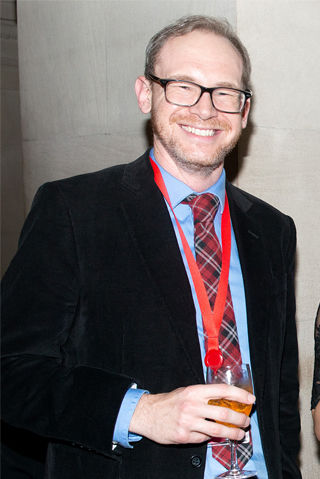Henry Colburn earned a PhD in classical art and archaeology from the University of Michigan. His research focuses on the art and archaeology of ancient Iran and on the regions of the Near East, Eastern Mediterranean, and Central Asia that interacted with Iran prior to the advent of Islam. His first book on this subject, Archaeology of Empire in Achaemenid Egypt, was published earlier this year. He has held fellowships at the Harvard Art Museums, the Getty Research Institute, and the Metropolitan Museum of Art and taught at the University of California, Irvine; the University of Southern California, the University of California, Riverside; and the Cooper Union. He is also a research associate of the Kelsey Museum of Archaeology at the University of Michigan by virtue of his ongoing work on the seals of the Persepolis Fortification Archive. His current project is to create a new edition of Mikhail Rostovtzeff’s 1935 essay Dura and the Problem of Parthian Art. Rostovtzeff saw Parthian art as a cogent and vibrant phenomenon, rather than a degraded form of Greek art, and Colburn’s new edition will update this crucial essay and make it available to a new generation of scholars while at the same time demonstrating how it remains the best lens through which to view this fascinating material.

Henry Colburn
Fields of the Future Research Fellow, Fall 2021
Visiting Faculty and Fellows
